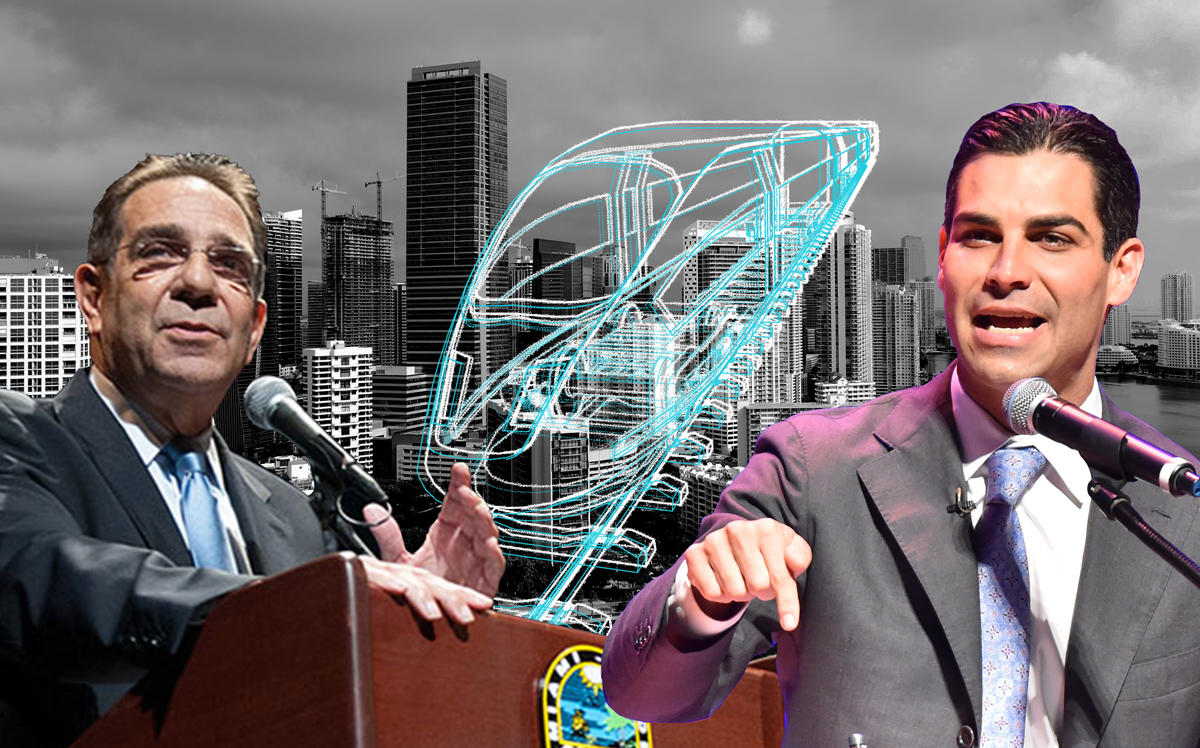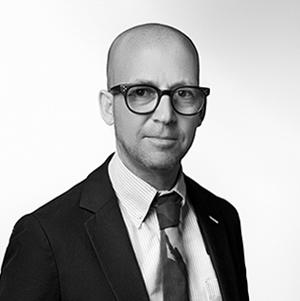Trending
Developers, ex-mayor push for rail expansion in Wynwood, Little Haiti and Liberty City
The agency that oversees Tri-Rail is lacking funding to expand

A handful of landowners in Miami want the next Tri-Rail station to be built on their properties, including sites near Midtown Miami, the Magic City Innovation District in Little Haiti, and Liberty City in northwest Miami-Dade County.
At two public meetings last week, officials discussed new stations for Tri-Rail, a publicly funded commuter train that has operated along the state-owned South Florida Rail Corridor west of I-95 and between Miami International Airport and Magnolia Park since 1989.
The meetings were attended by Miami City Mayor Francis Suarez and his father, Miami-Dade County Commissioner Xavier Suarez, who was mayor of the City of Miami in the 1980s. Also, in attendance was Miami-Dade County Commissioner Jean Monestime, whose district includes Liberty City and Gladeview. Both Xavier Suarez and Monestime are running for county mayor.
In addition to the proposals discussed last week, there is also the planned Aventura station for Virgin Trains, which county recently allocated up to $76 million to build.
Wynwood vs. Design District
The first meeting was used as an opportunity for property owners to push for Tri-Rail stations along a set of Florida East Coast train tracks east of I-95 now used by freight trains and Brightline, an express passenger train service that’s being rebranded as Virgin Trains USA. Called Tri-Rail Coastal Link, the commuter train expansion is still an unfunded concept that aspires to have more than a dozen stations from the Virgin MiamiCentral complex in Miami’s Overtown neighborhood to the Jupiter Inlet.
The Wynwood Business Improvement District wants a station platform between Northeast 26th and 27th streets. The Rammos family, which owns part of the nearby Miller Machinery & Supply Company and all of Bon Viviant Custom Woodworking, has offered to pay for a station platform by Bon Viviant. The family bought the 52,250-square-foot property for $1 million about 20 years ago.
Right now, the county and Miami-Dade County Transit still intends to invest $2.5 million to build a temporary station beneath the I-195 overpass near the Miami Design District. However, the Wynwood BID hired urban planner Cesar Garcia-Pons to create a report showing that there’s far more development occurring in Wynwood and Edgewater south of 29th Street than what can be built in the Design District.

David Polinsky
David Polinsky, a former Wynwood BID member, said a 27th street station is within walking distance for people living, visiting and working in Wynwood, Edgewater, Midtown and Overtown. It’s also in close proximity to 2,000 apartments, 1 million square feet of office, and 100 hotel rooms, he added. “Every level of government should be very proud of the fact that this is the most rapidly developing area in Miami-Dade County,” Polinsky declared at the meeting.
No one spoke on behalf of the Miami Design District during the meeting.
Little Haiti
Neil Fairman, chairman of Plaza Equity Partners and the managing developer for Magic City Innovation District, made a similar argument for a station within its 18-acre, $1 billion phased project at Northeast 62nd Street and Fourth Avenue. The development could have eight 25-story residential buildings, five 20-story office buildings, and an innovation tech center all employing roughly 7,000 people.
Fairman said the city already owns nearby parking lots and his team is willing to help build a station platform, as well as a triple-level parking garage.
Magic City isn’t the only mega-project that desires a train station. The Podolsky family has included a train on Northeast 54th Street as part of its 22-acre, 5.4 million square foot mixed-use Eastside Ridge project. No one representing Eastside Ridge, which is struggling to obtain city approval, spoke at the meeting.
Eastside Ridge, if approved, is only a mile away from the future Magic City. And the proposed demonstration station is less than a mile away from the 27th Street site. Stations should be at least 2.5 miles apart, said Steve Abrams, executive director of the South Florida Regional Transportation Authority, the agency that oversees Tri-Rail.
Mayor Francis Suarez, however, would like to see as many stations within Miami’s rail corridor as possible. “To me, this is the densest corridor in Florida,” Suarez said. “Maybe the normal rules don’t apply.”
Although Xavier Suarez was enthusiastic about the idea of a station at Northeast 62nd Street, his son didn’t endorse any sites in particular.
Gladeview-Liberty City
During the second meeting last week, Xavier Suarez proposed that Tri-Rail use a set of FEC tracks that intersect the South Florida Rail Corridor at about Northwest 37th Avenue and 74th Street in Gladeview. Those tracks continue running eight miles east to the “Y” railway junction at Northeast Second Avenue and Northeast 73rd Street. Suarez also proposed the construction of at least one Tri-Rail station along the east-west corridor, with the first being built on county land near Northwest 27th Avenue and 75th Street in the Gladeview-Liberty City area, the site of the stalled Poinciana Industrial Park project.
Al Hardemon, uncle of Miami commissioner Keon Hardemon, said such a rail connection would be “opportunity for Model City and Liberty City.” Monestime also backed the idea.
Aileen Boucle, executive director of the Miami-Dade Transportation Planning Organization, said both proposals could be heard by the agency as early as Nov. 21. Tri-Rail will need to get Virgin Trains USA’s cooperation to operate along the main FEC tracks east of I-95, but it has already received permission to operate between MiamiCentral and the Y junction near 73rd Street, said Jose Gonzalez, senior vice president of Florida East Coast Industries, a subsidiary of the New York-based private equity firm Fortress Investment Group that operates Virgin Trains.
So far, the agency that oversees Tri-Rail has yet to present any new Tri-Rail station plans to Virgin Trains. “There are a lot of these property owners that are having these discussions, and there are a lot of proposals, but they haven’t put it into a process,” Gonzalez said.
And before any station can be built, there needs to be funding. Abrams said his agency barely has enough funds to run a train system at its current 18 stations along the South Florida Rail Corridor.
“To me, it’s ‘show me the money,’ and we would be glad to work on any of this or all of this,” Abrams told The Real Deal. “But they have to show how it’s going to be financed.”




